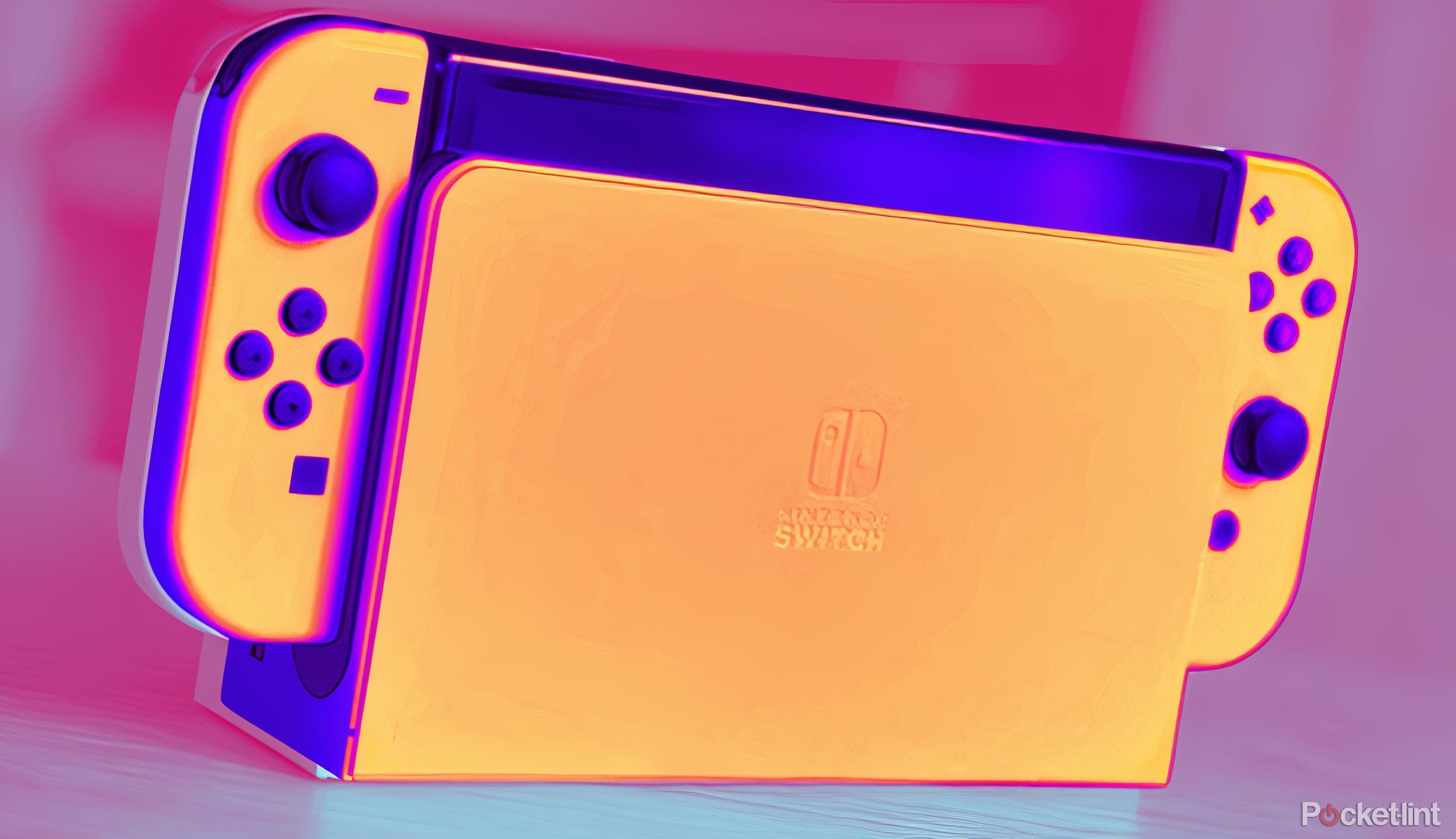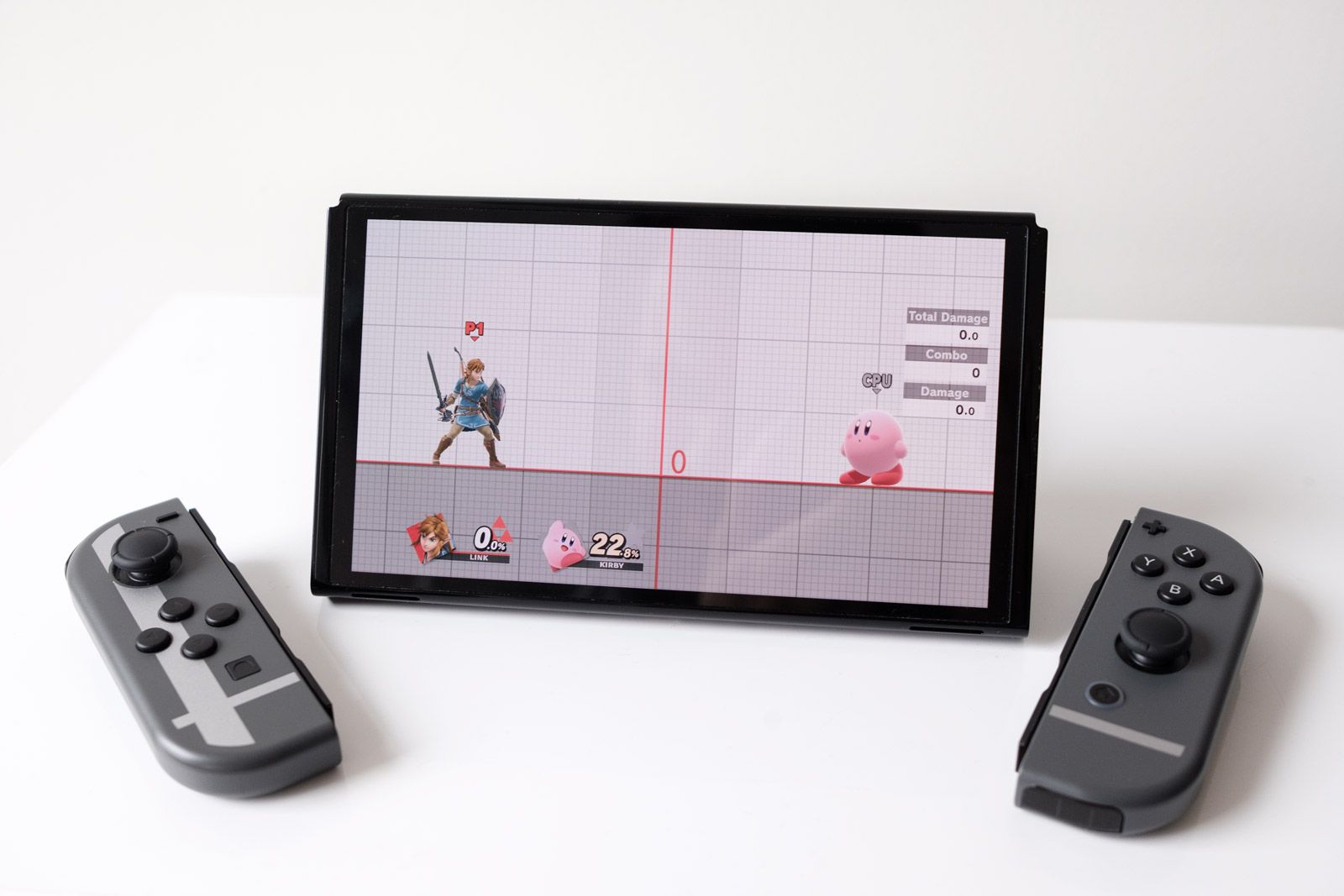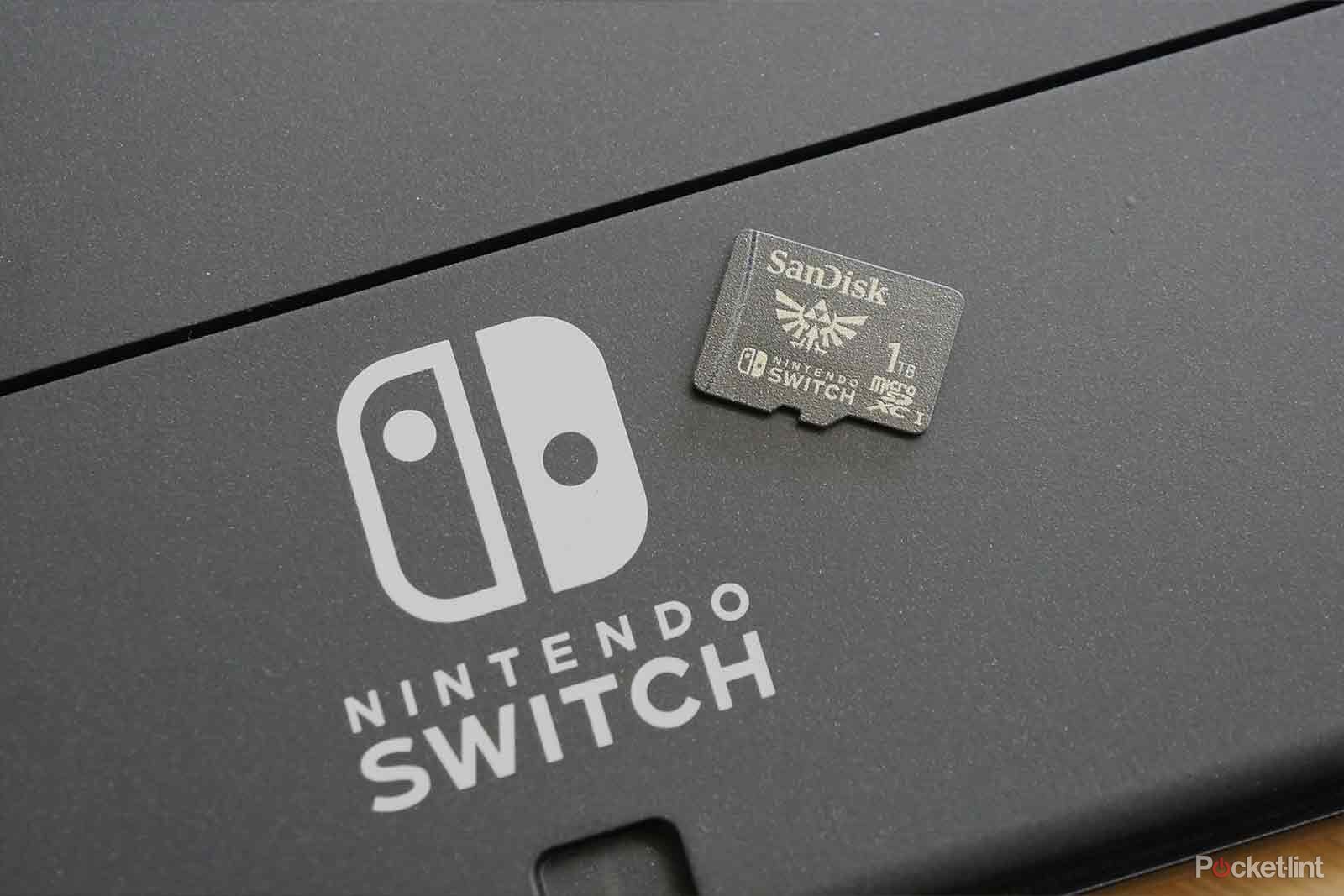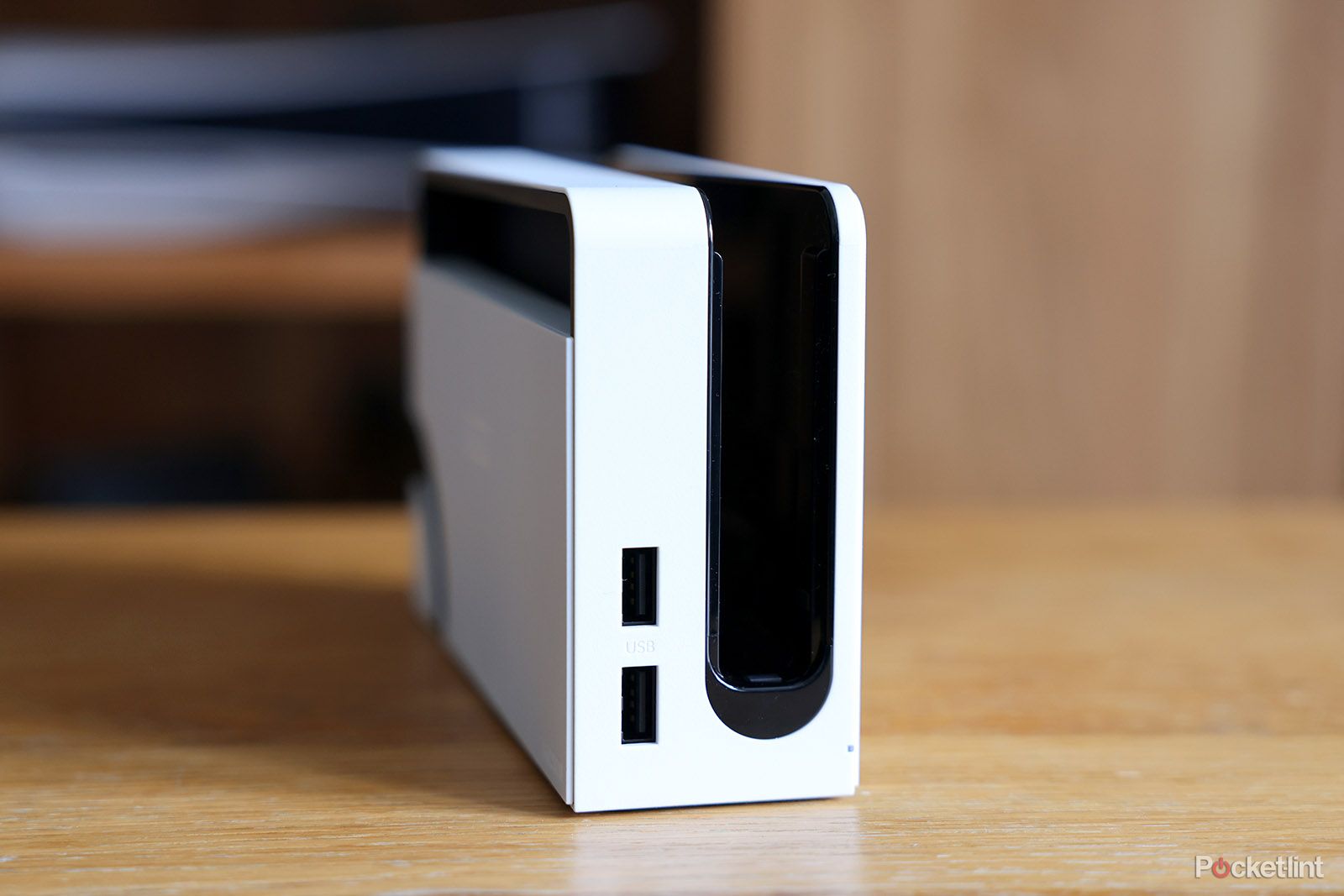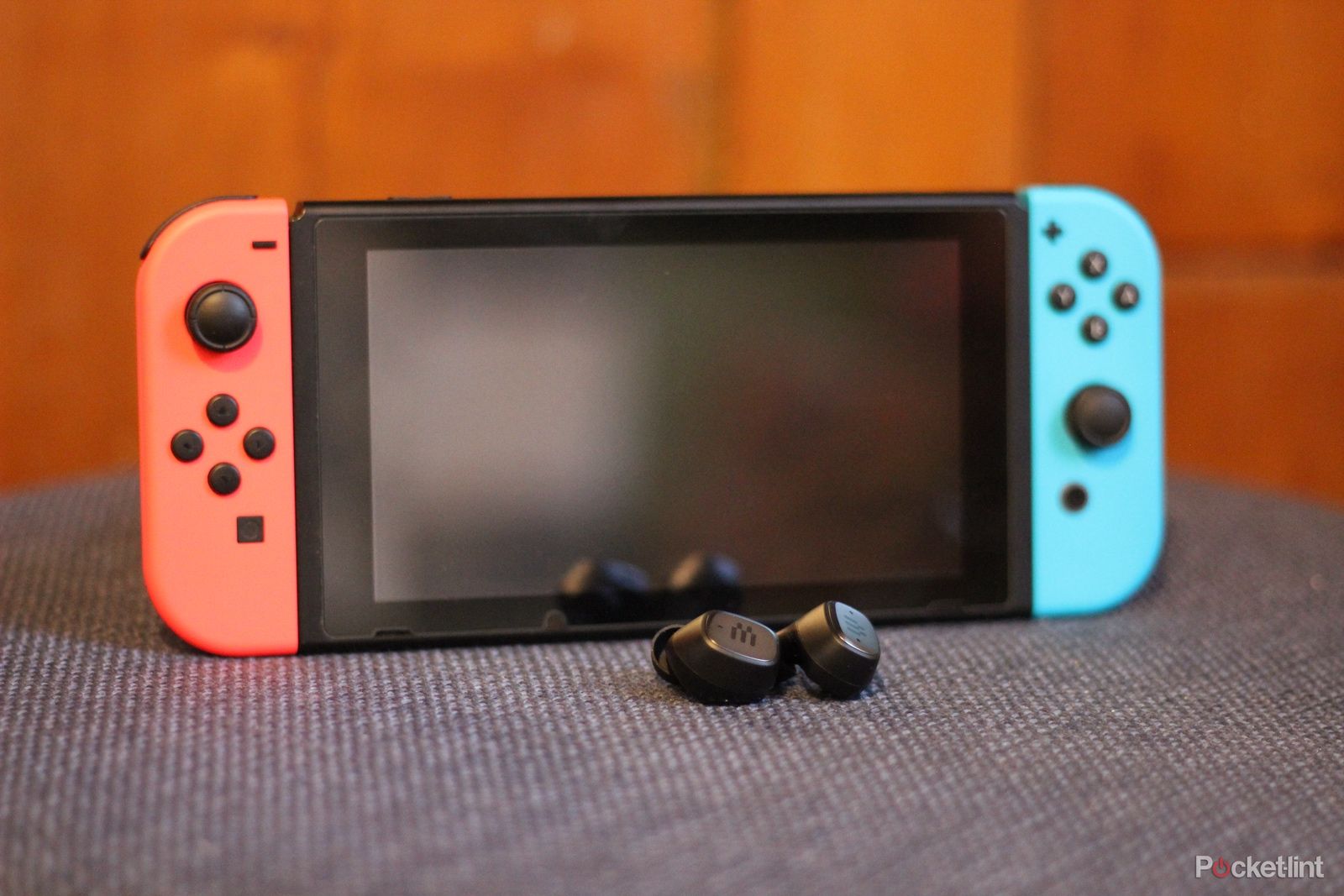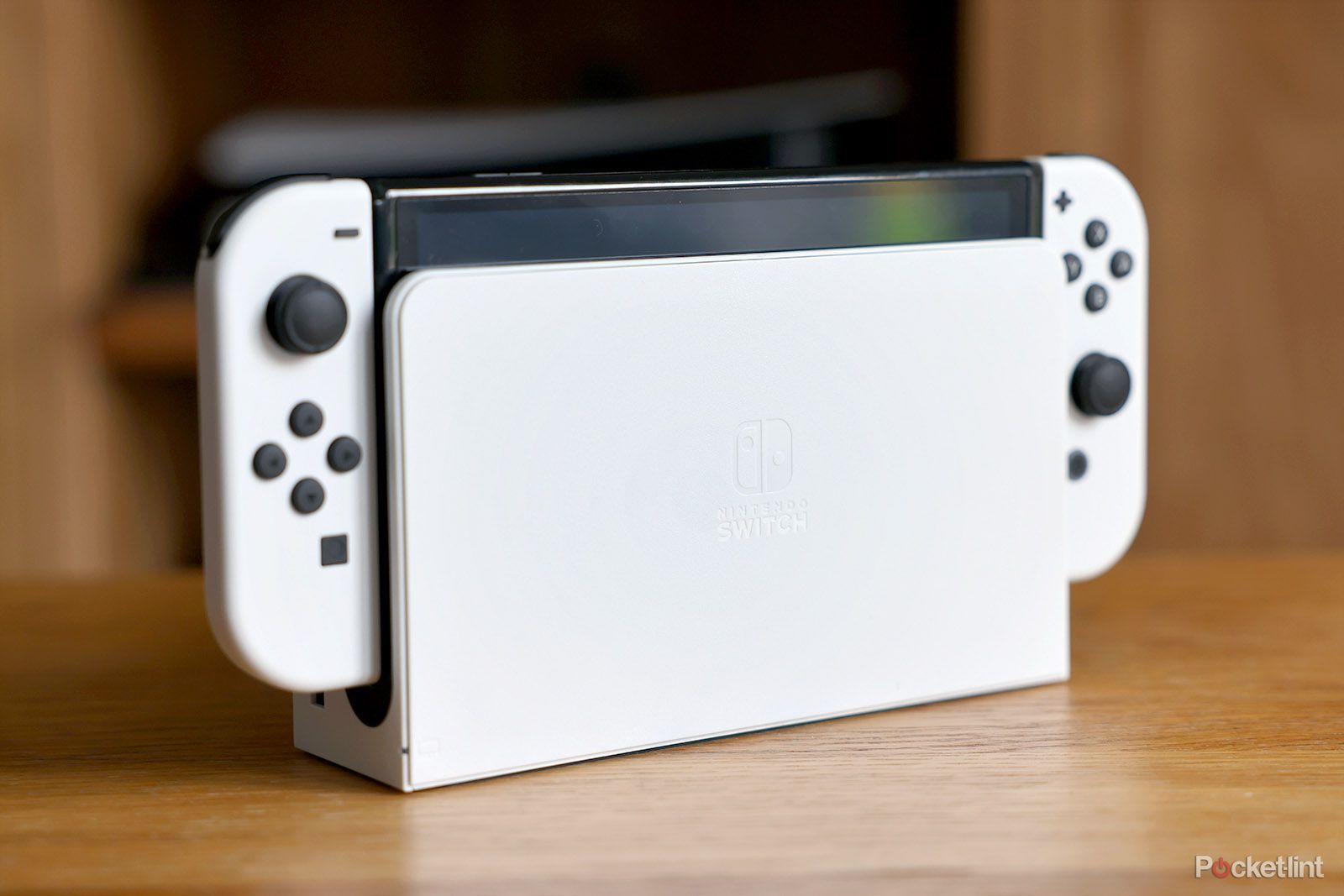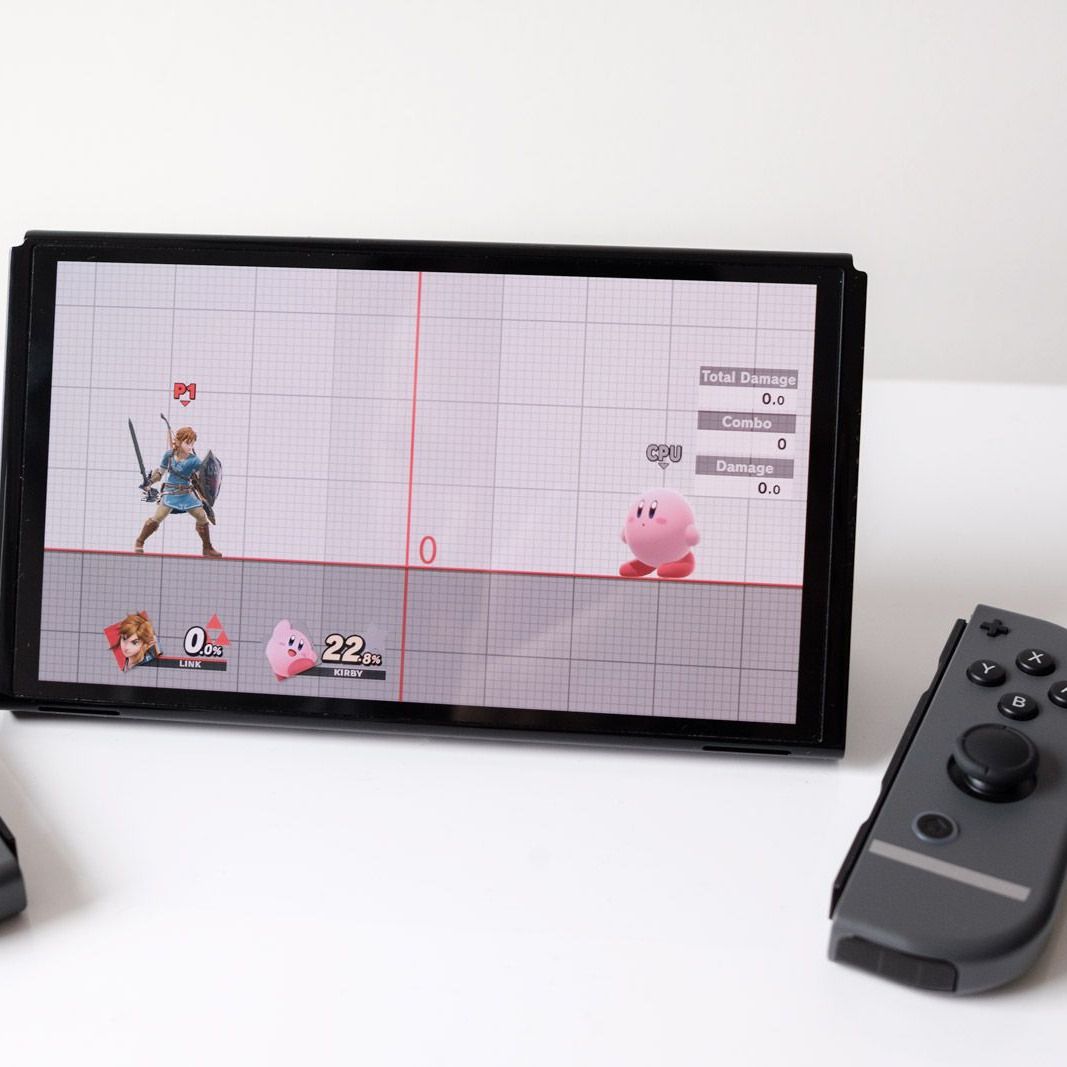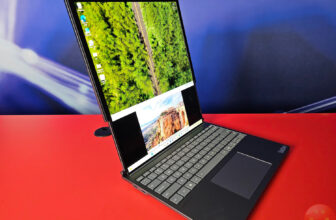-
Nintendo Switch OLED
The latest Switch models makes a hugely telling upgrade to its screen for a transformative change in presentation, but runs all the same games as the standard version.
-
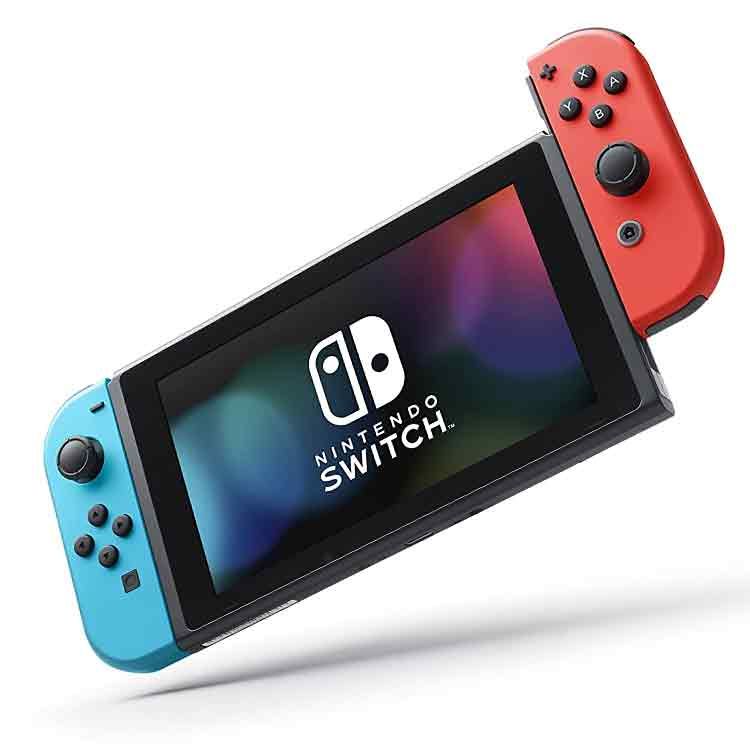
Nintendo Switch
It’s now pretty old, but the Switch still represents great value and is more affordable than its OLED sibling, with access to an identical library of titles and the same performance levels.
Nintendo struck gold when it launched the Switch in 2017. Seven years later, it’s still going strong, second only to the DS in terms of Nintendo’s best-selling devices of all time. There’s a reason — the Switch was revolutionary for being both a handheld and console system. Recent handheld PCs like the Steam Deck are directly inspired by it.
Nintendo has since offered some slight revisions to that original unit. Aside from the Switch Lite, the most intriguing version has to be the OLED model. The name highlights the main difference, but is that the full story? Is it worth upgrading to the OLED if you’ve already invested in a regular Switch? We’ll explore the situation in detail.
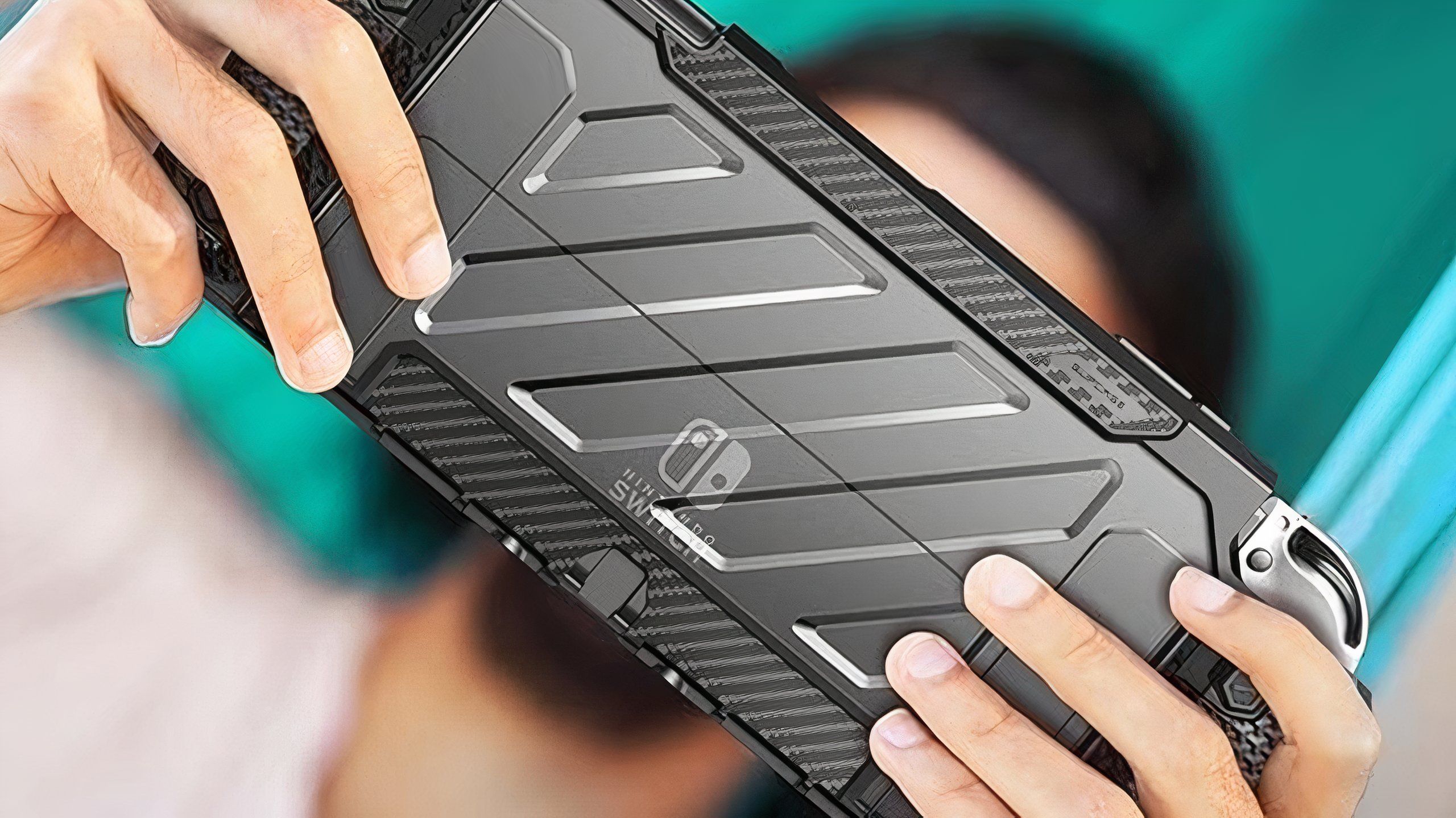
Related
The best Nintendo Switch accessories and cases
Get the best out of your Nintendo Switch with controllers, battery packs, and other accessories to improve functionality.
Switch OLED vs Switch: Price and specs
Which has more bang for the buck?
There are several key differences that can be summarized by directly comparing their specs. Under the hood, however, the Switch OLED is fundamentally the same as the existing Switch.
-
Nintendo Switch OLED Nintendo Switch Dimensions 102 x 242 x 13.9mm 102 x 239 x 13.9mm Weight 320g (420g with Joy-Cons) 297g (398g with Joy-Cons) Chipset Nvidia Tegra X1 Nvidia Tegra X1 RAM 4GB 4GB Storage 64GB expandable 32GB expandable Headset Compatibility Bluetooth and wired Bluetooth and wired Display 7-inch OLED 6.2-inch LCD Output resolution 720p (handheld), 1080p (TV) 720p (handheld), 1080p (TV)
Both are powered by the same Nvidia Tegra X1 chipset with 4GB of RAM. Their resolution is also comparable, providing 720p in handheld mode and 1080p when connected to a TV. Since they share the same core specs, all Switch games are playable on either system, and accessories like the bundled Joy-Con controllers can be swapped with ease.
The OLED version distinguishes itself with its larger and more vibrant screen and slightly more internal storage. It also gets better battery life, rated at 4.5 to 9 hours versus the original’s 2.5 to 6.5. Part of that can be chalked up to the use of OLED — since OLED panels can shut off individual pixels at will, they’re inherently more power-efficient than an LCD.
Switch OLED vs Switch: Design
There aren’t any radical changes here, but there are a few things worth pointing out.
Size and weight
The OLED model crams a larger screen into the same general form factor by using thinner bezels. It’s actually marginally longer and heavier, but those differences are barely noticeable in everyday use.
Built-in kickstand
While the original Switch does have a kickstand, it’s quite small — about 10mm wide — and not particularly effective at supporting the console on a table. The Switch OLED boasts a much sturdier one, extending across the width of the device. It’s adjustable through a wide range of angles too, allowing for improved positioning.
Color options
While both consoles are available in the classic “Neon” color scheme (one Joy-Con is blue, the other is red), the Switch OLED also offers a standout white option. Even the dock is white in that case, whereas it’s typically only available in black.
There have been several special editions of the standard Switch over the years, as well as a gray variant. These are now typically produced for the OLED instead, such as the impressive The Legend of Zelda: Tears of the Kingdom limited edition console.
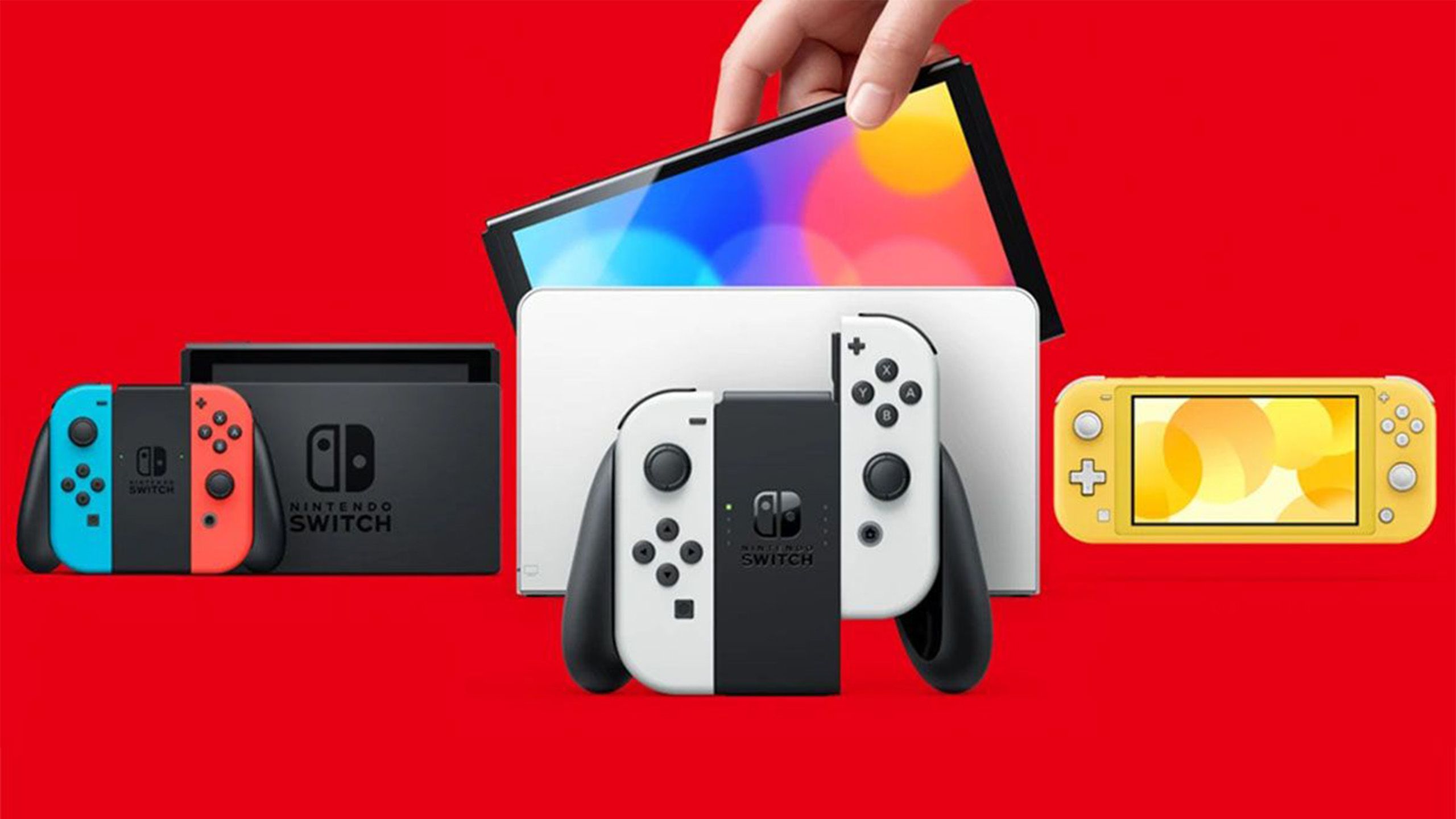
Related
The best Nintendo Switch models: Switch, Lite, and OLED compared
There are three models along with a smattering of special edition models to choose from, and they’re all pretty great.
Switch OLED vs Switch: Display
Pocket-lint
OLED offers superior contrast and color accuracy versus the original Switch’s LCD, not to mention a wider viewing angle. Something you might not expect is that the OLED panel produces cooler white output, giving the impression of enhanced brightness and a cleaner-looking image.
As hinted earlier, OLED pixels are self-illuminating and don’t require a backlight, which is how the screen can have smaller bezels. Consequently, the Switch OLED boasts a 7-inch display without affecting the overall size of the console. The standard Switch has a 6.2-inch screen.
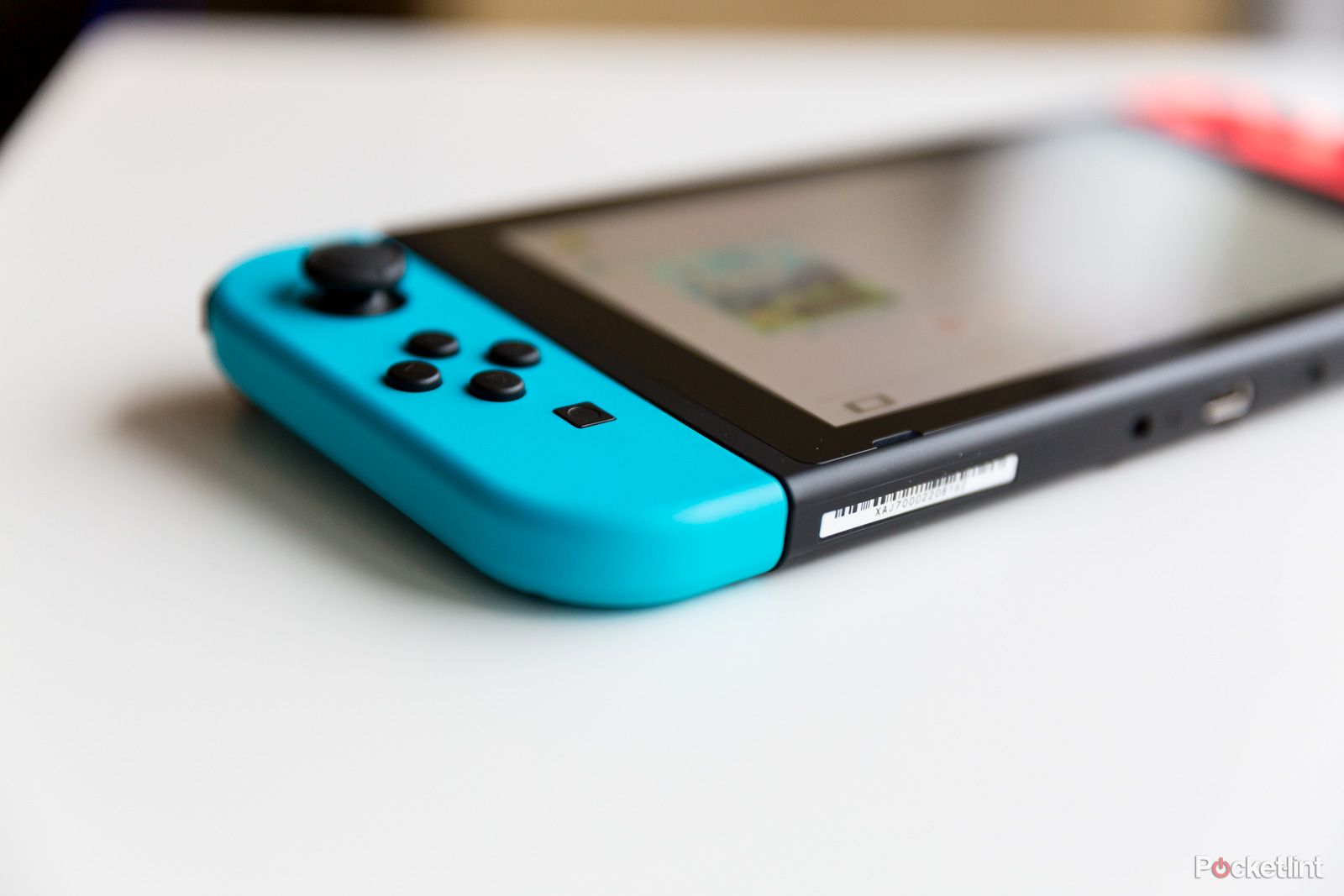
Related
10 free Nintendo Switch games to play right now
Rather than try your luck grabbing random free Nintendo Switch games, check out the 10 best we vetted ourselves.
Switch OLED vs Switch: Storage
The Switch OLED comes with double the internal storage capacity, so technically you’ll be able to install more games. 64GB is still a pathetic amount in 2024, however, so you’ll want to buy a microSD card unless you’re prepared to have just two or three games installed at a time. For comparison, the Steam Deck OLED ships with 512GB by default.
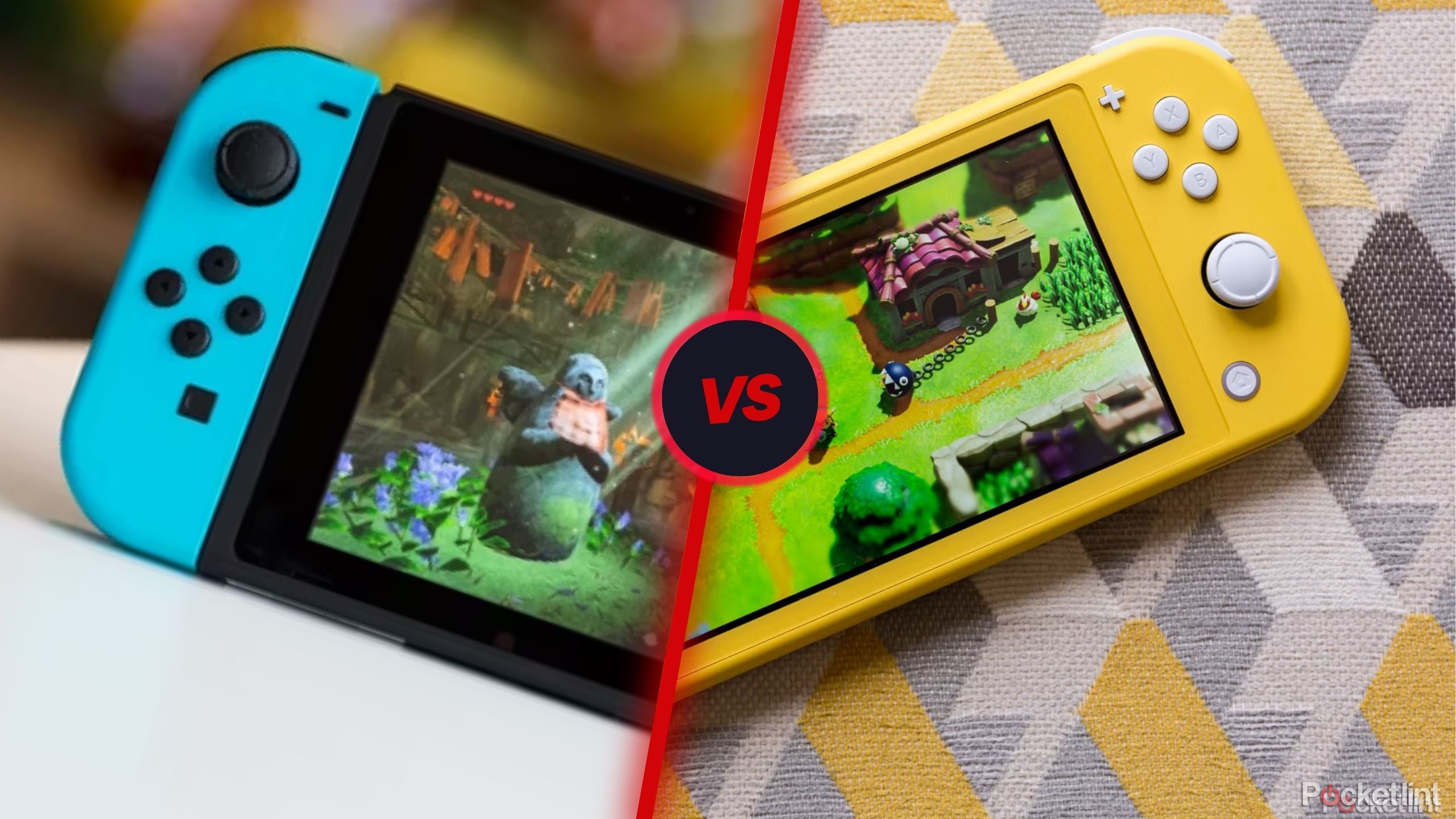
Related
Nintendo Switch vs Switch Lite: What’s the difference?
The Nintendo Switch is insanely popular as is the Lite version. What are the differences and which one should you get?
Switch OLED vs Switch: Dock
Both consoles come with a combination TV/charging dock equipped with two USB 2.1 ports on the side and an HDMI output, the latter enabling 1080p60 with 5.1 PCM audio. The Switch OLED’s dock adds wired internet connectivity via Ethernet, which can improve stability and speed if the Wi-Fi in your home is a little shaky.
It’s worth noting that the OLED dock is available for separate purchase, and is compatible with the older Switch if you need a replacement.
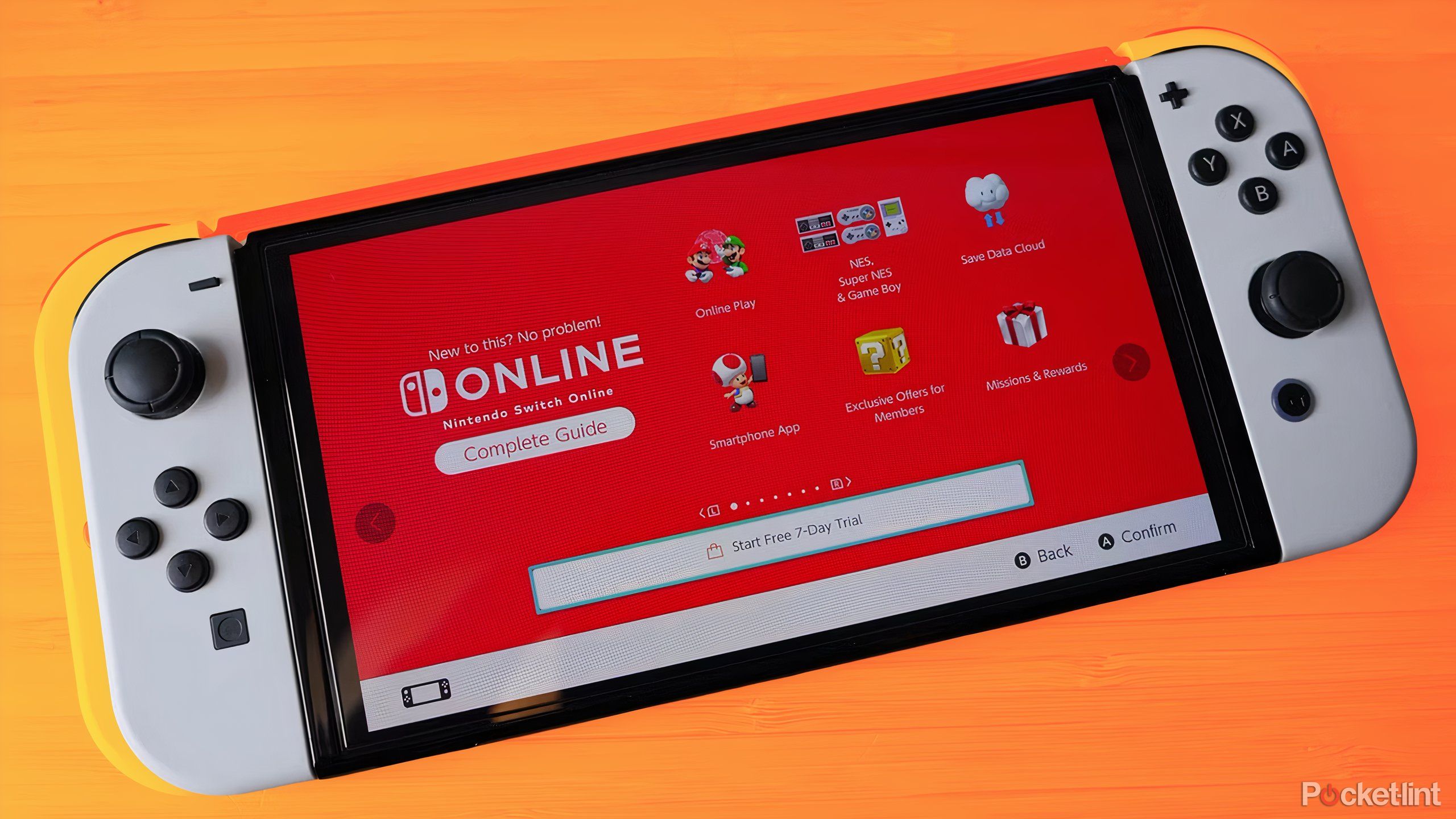
Related
How much does a Nintendo Switch Online membership cost?
You can’t play online without Nintendo Switch Online – but the subscription gives you loads more benefits. Here’s what you get for the price.
Switch OLED vs Switch: Audio
The Switch OLED has slightly enhanced sound output. By that we mean its internal speakers are ported differently, which should deliver louder and more immersive sound, although that’s a relative term. Realistically you’ll want wired or Bluetooth headphones when you’re playing in handheld mode.
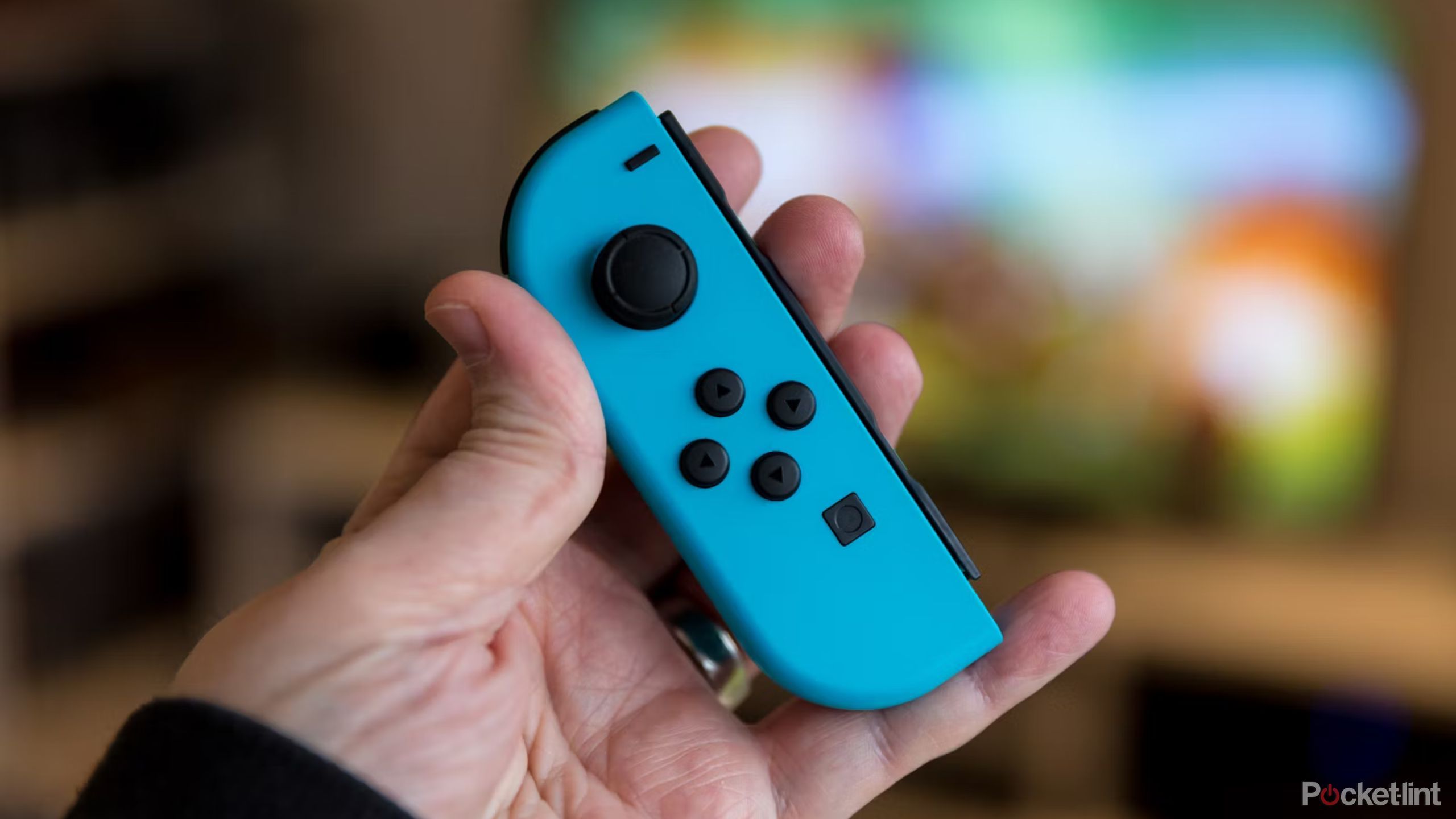
Related
Experiencing Nintendo Switch Joy-Con drift? How to fix it yourself
There’s been a lot of talk about Nintendo Switch Joy-Con drift, but what is it? And, if you’re experiencing it, what can you do about it?
Switch OLED vs Switch: Which should you buy?
OLED all the way
If you already own a Switch, upgrading to the OLED model is a luxury that’s hard to justify, especially if you mostly play on your TV. For new buyers, though, the OLED model is undoubtedly worth the price gap. The screen really is that good, and you’ll appreciate further conveniences like extended battery life.
There are a couple of elephants in the room, mind. The first is the Switch 2, which should launch in early 2025 and signal the slow wind-down of game releases for the original platform. It’s better to wait for the newer hardware if at all possible. You might also want to consider handheld gaming PCs like the Steam Deck or the ASUS ROG Ally X — they’re more expensive, but also far more powerful, able to handle advanced 3D games like Elden Ring or Cyberpunk 2077. Nintendo’s main advantage is its brands, since you’ll never get to play a Mario or Zelda title on a third-party system.
Trending Products

Cooler Master MasterBox Q300L Micro-ATX Tower with Magnetic Design Dust Filter, Transparent Acrylic Side Panel…

ASUS TUF Gaming GT301 ZAKU II Edition ATX mid-Tower Compact case with Tempered Glass Side Panel, Honeycomb Front Panel…

ASUS TUF Gaming GT501 Mid-Tower Computer Case for up to EATX Motherboards with USB 3.0 Front Panel Cases GT501/GRY/WITH…

be quiet! Pure Base 500DX Black, Mid Tower ATX case, ARGB, 3 pre-installed Pure Wings 2, BGW37, tempered glass window

ASUS ROG Strix Helios GX601 White Edition RGB Mid-Tower Computer Case for ATX/EATX Motherboards with tempered glass…


